Soldiers gambling for Christ's tunic
The fine painting depicts the biblical scene in which the four soldiers, in charge of guarding the Gòlgota, at the foot of the cross on which Jesus is crucified, gambling for Christ's tunic. The episode is detailed in the Gospel according to John (19:23-24). The soldiers, when they had crucified Jesus, took his garments, and made four parts, one for each soldier. The Christ’s tunic was instead seamless, woven entirely of a piece. So they said to each other: ‘Let’s not tear it, but cast lots for it, to see who gets it’”
The work was attributed by art historian Fred Meijer, an expert in Flemish and Dutch art of the 17th century, to the Flemish painter known under the name “Monogrammista H.C.”. This artist was active in the South Netherlands in the 17th century and is known for his genre scenes: village inns with farmers playing and drinking, fortune tellers, cheerful companies, domestic interiors. The monogram 'HC' (or 'HG') was identified as the signature of Antwerp artist Willem van Herp. The German biographical dictionary of Thieme-Becker artists brought together a number of works traditionally attributed to van Herp, which were returned to this artist with the name 'Pseudo Herp'. More recently, Fred Meijer was able to identify, through the discovery of some works signed with the monogram H.C., a corpus of paintings that could be returned to this artist. These include works previously attributed to van Herp, Pieter Codde, Adriaen Rombouts and David Ryckaert III. The Monogrammist H.C. active in Antwerp must be distinguished from an artist, also referred to as Monogrammist H.C., who however was active in the North Netherlands as a landscape painter.
From the stylistic comparison with the works now recognized to the Monogrammist H.C. are highlighted strong closeness in the typology of brushstrokes and in the way to treat the figures and faces, drapes, backgrounds; just as comparable is the chromatic palette used, played in shades of brown and red from which usually stands out a detail of a dress, treated with a blue dust.
The table is in good condition. On the painting there is a thick layer of yellowed paint that prevents the color contrast of the original colors. There is a cleaning operation useful for the removal of paint and the recovery of the full chromatic reading of the work. As a result of this intervention, new images will be published.
Object with certificate of authenticity






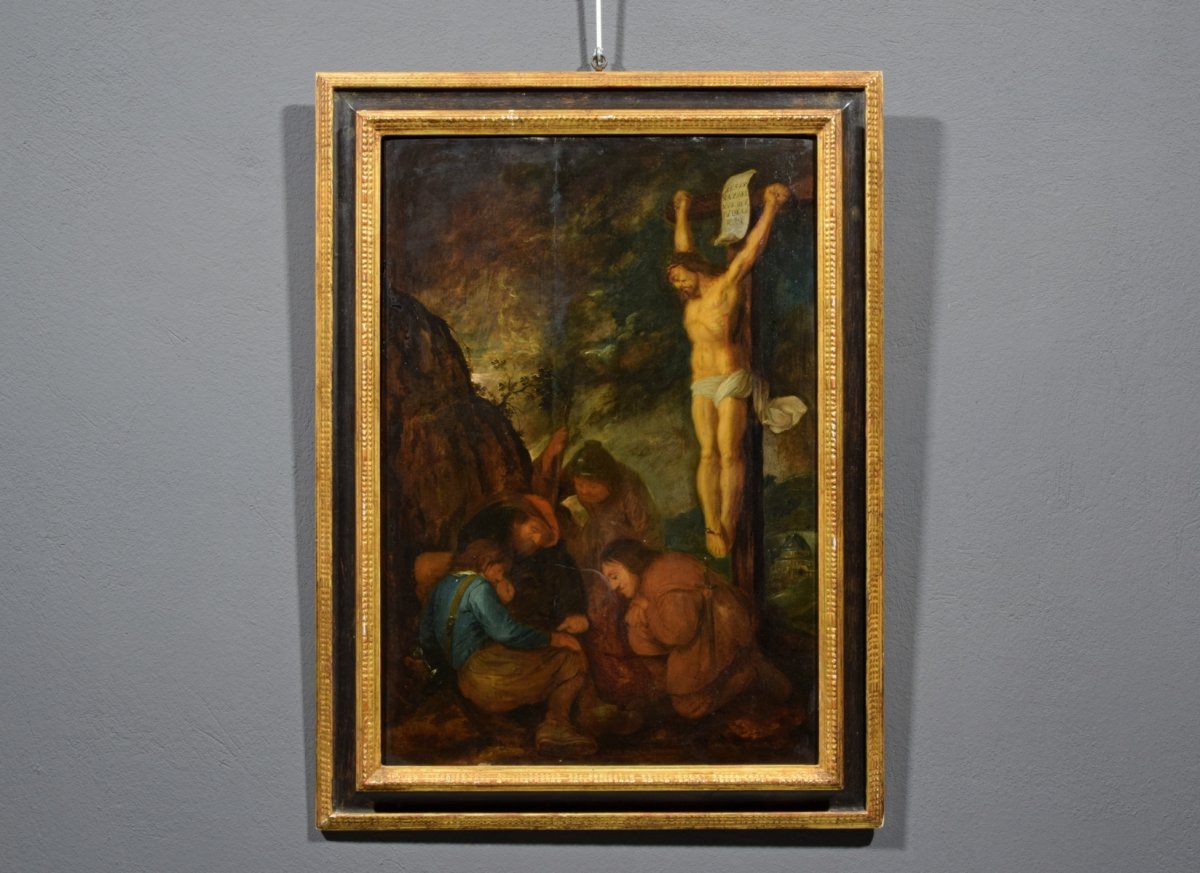













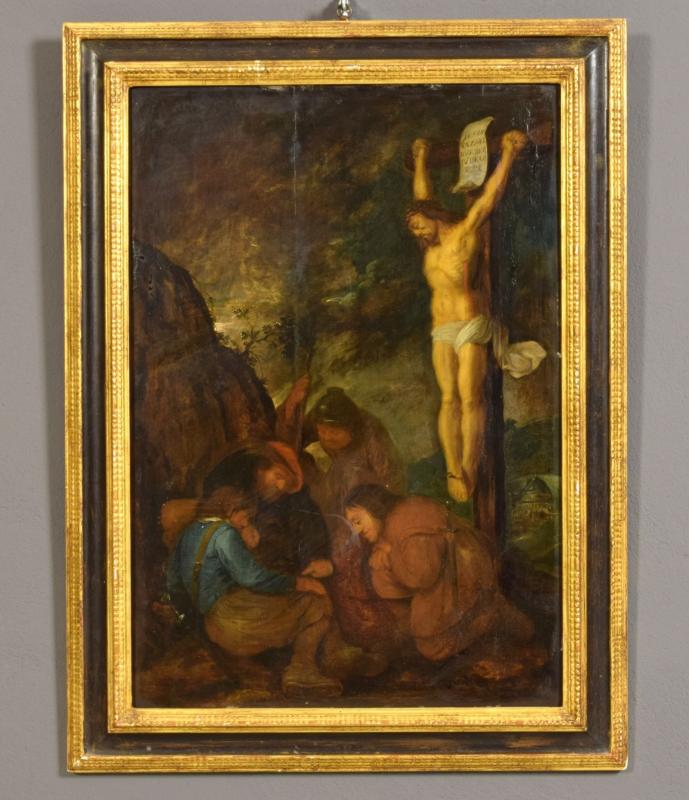
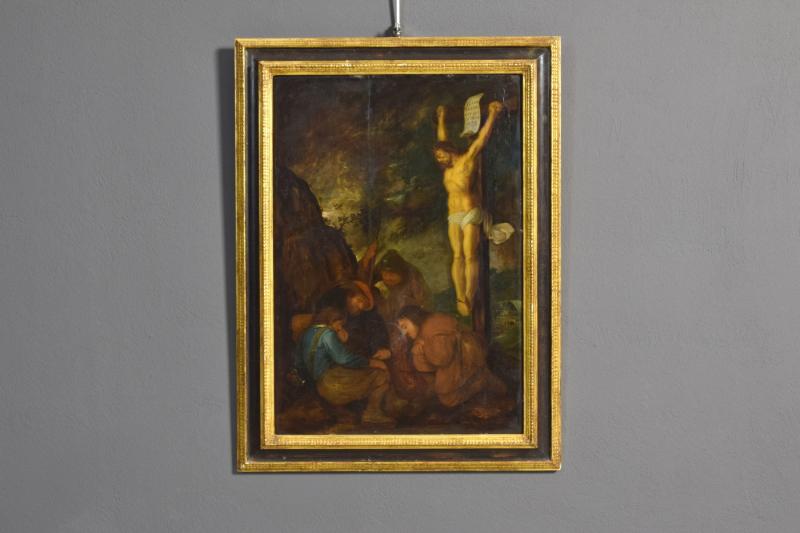









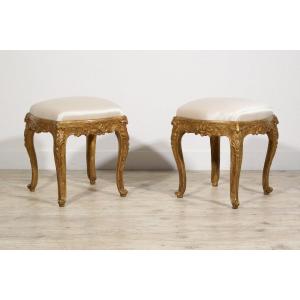







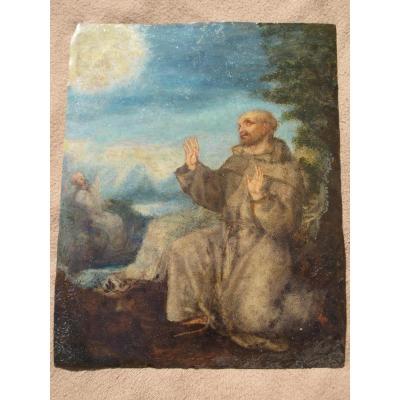





 Le Magazine de PROANTIC
Le Magazine de PROANTIC TRÉSORS Magazine
TRÉSORS Magazine Rivista Artiquariato
Rivista Artiquariato